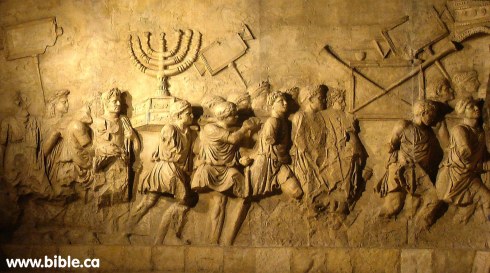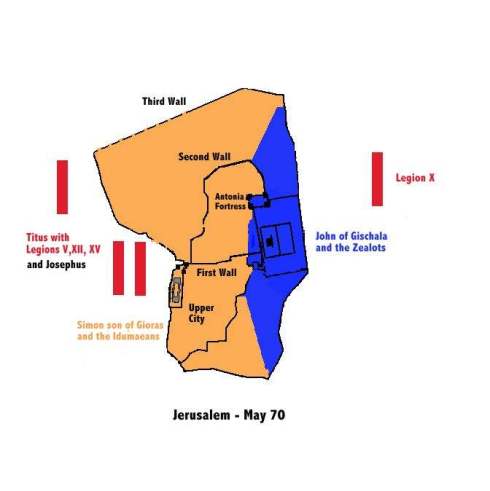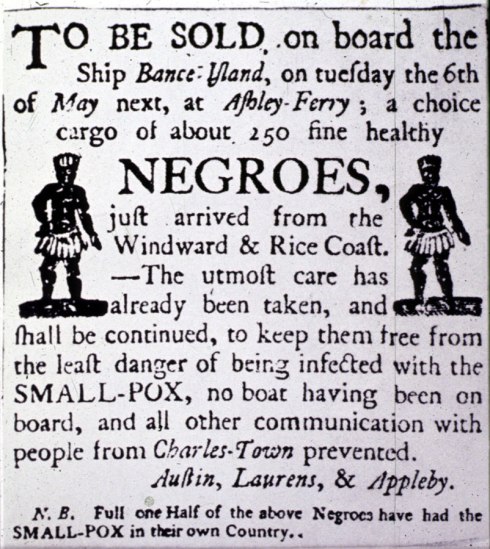England, an Island populated nearly 50 million inhabitants, of which the majority, indeed the ruling majority are white, Caucasian and purportedly of purely European stock. The image presented of the English, cradled in its notion of Englishness conjures up the image of blue eyes, blonde hair, typified by the English rose, or the archetypal fair maiden of old, and the blue-eyed boy of more modern chronology. Images akin to modern Northern europe. However behind this Scandinavian / Greek-esk romanticism we have a population overwhelming consisting of a brown eyed, dark haired inhabitants.
My aim in writing this is to challenge this politically charged iconography self-image and its use in culturing how this population ideologies its racial origins.
The study of English history reveals waves of colonizers and immigrants whether this is though the Romans, Vikings, Germanic tribes, the Normans etc. All depicted as white, Caucasian and at least in modern times able to be categorized as being of European stock. However, what seemingly does not find its way into print is an African presence. That is not until the 1500s with the beginning of the slave trade, where Africans are recorded as blackamoor pets, domestic servants, soldiers, and entertainers.
On a closer examination of the history of this Island we find vagueness, inconsistencies and various omissions. History is supposed to be the linear story of facts, the facts of what has gone before. Therefore if we were to walk back and reside with at least some of the indigenous population of this island we find evidence of a people diametrically opposed to those who claim current ownership of this land…,namely African people.
Over a period of at least 2000 years among the evidence are burial mounds, where the skeletal remains lying in a fetal position (in adoration to the womb of Mother Earth), and facing to the East run parallel with the ancient African custom of veneration of the sun (rising in the East) and elevation of the immortal soul. We have the discovery of numerous skulls where the sizes and shapes clearly denote an African phenotype and origin, artifacts identical to those found on the African continent such as pottery and jeweler as well as identical styles of weaving cloth which are found in no other place than specific localities in Africa. Also the legacy of place names denoting the original inhabitants, as well as similarities in the phonetics of languages of non-Aryan origin.
Older text and folklore of England, Ireland, Scotland and Wales often mention the arrival of Africans, and a distinct African presence, not solely as visitors, but as the original inhabitants.
We find the earliest races to inhabit the Isle were short, swarthy (black), dark haired, dark eyed, and long skulled, its language belonged to the class called hamaitic and seems to have originally come from some part of either Eastern, Northern, or Central Africa €, a quote typically omitted from the history books.
Indeed the notion abounds that English history begins with the arrival of the Celts. However the Celts whose racial origin cannot, or has not been truthfully qualified (outside of the parameters that support a caucasian supremacist myth) had Gods of a non-Aryan origin. Writings of Tacitus, the Roman historian mention the dark complexion of the Silures or Black Celts, and maintained that a black aboriginal race lived side by side with a white one in the British Isle in Pre-Roman times.
To give volume to the consensus of silence stemming from the modern written word, since the original African presence, there have been countless migrations from the African continent for the purpose of conquest, as explorers and colonists.
Pliny the Roman historian who first saw the Britons in the 2nd Cent AD described their complexion as Ethiopian. Under the African Emperor septimius Severus along with a large contingent of Roman soldiers including African soldiers and officials we have the Roman occupation of England. Those who Severis fought were known as the Maeatae (Marsh dwellers), they were Caledonni, nick-named Picti, known as Moors, or black men. The early Scots too, (whose name it is claimed is derived from Scotia an Egyptian princess) make their first appearance in history in conjunction with the Picts in 360AD when they began a series of incursions into the Roman provinces of Britain. These two nations are invariably linked in all records of the Roman conquest, with the chief Roman historian regarding them as akin in blood. Though associated primarily to the North, and to the land mass later known as Scotland evidence of their presence is among other places to be found in Norfolk and Cornwall
I don’t suggest that solely Africans populated this Island, but contend that as part of the original, indigenous population, and from this point onward then undoubtedly we were here. I write this to strike a balance, to include what has been excluded, to permit what has been omitted.
This too is supported by David Mac Ritchie in Ancient and Modern Britons, when he states that the Moors dominated Scotland as late as the times of the Saxons, and that as late as the 10th Cent, 3 provinces in Scotland were wholly black. The 700 year domination over the Iberian Peninsula and Southern France by the Moors, their bringing and transition of civilization to various parts of Europe undeniably resulted in Moorish influence and in habitation in England, again place names and localities are replete with Moorish names, legacies, and origin
Successive conquest by the Vikings, Angles, Saxons, Danes, Normans etc consistently thread through the story of the English, and should need no further mention here, apart from omissions with regard to the historical facts of their racial compositions. A quote by Author Gwyn Jones is that the Vikings were not of one pure Nordic race. Within this we have black Norsemen mentioned in the sagas like Thorstein the Black, and other Africans like Thorhall the hunter, a Viking who was the mentor and closest companion of Eric the Red, a seafarer who chartered uncharted territory. Described as a large man, strong, black, and like a giant. Based on this and beyond a racist ideology, is it beyond every stretch of the imagination to believe that some of the Viking conquerors of England were African. Among the Danes too is a noted Black presence.
Geoffrey of Monmouth described in detailed the invasion of Britain by the Saxons and the involvement of Africans in the struggle between the British and the Anglo-Saxons. With a Saxon stronghold on the East of the Island, the ruler of Britain Keredic was unable to quash a Saxon revolt, and the Saxons according to Monmouth sent for Gormund the African, the then ruler of Ireland. Faced with Gormund and the 160’000 African fleet that Gormund led into Britain, Keredic was forced to seek refuge, and subsequently forced to flee.
Amongst other races, Moorish mercenaries were accrued by the Normans to assist in the Norman conquest, and as previously stated the 700 year Moorish domination on the Iberian peninsula and Southern France should at least permit the possibility of African genealogy within the Normans.
Therefore from the 6th cent to the 12th cent with the arrival of the Germanic Normans and various other tribes over this period, we have the demise of the original Britons, and any other evidence of indigenous peoples who were not of the proposed Aryan race. Subjugated and driven to extinction by these eventual conquerors, or due to this influx we have intermixing of these races until this evidence is eventually almost bred out. What we then have by the 13th cent is the eventual unification of this Island under one banner, the merger of the peoples, and the creation of the English. Over the centuries this creation is idealized and Aryanized into the notion of Englishness, and this notion is reinforced in the history books and into the minds of the people and as an idealized self-image.
An image used as a political tool from the 16th cent onward A time when the African presence is once again prevalent, notably through the Atlantic slave trade in order to justify the social, cultural and economic exploitation of a people to uphold a notion of racial superiority.
The propounded ideology of English history is a falsification of history, one that negates the swaths of people who if not were here first, at least form part of the early presence here, and people who through migration, warfare, and general movement across the land, along with the inevitable infusion of blood and genealogy are part of its make-up. There are countless other facts documenting the African presence on this Island, all throughout its history, however to discover them it appears that one has to look deeper and search further, seriously narrowing the answer as to what threat or challenge to history does inclusion and serious discussion on this information pose.




